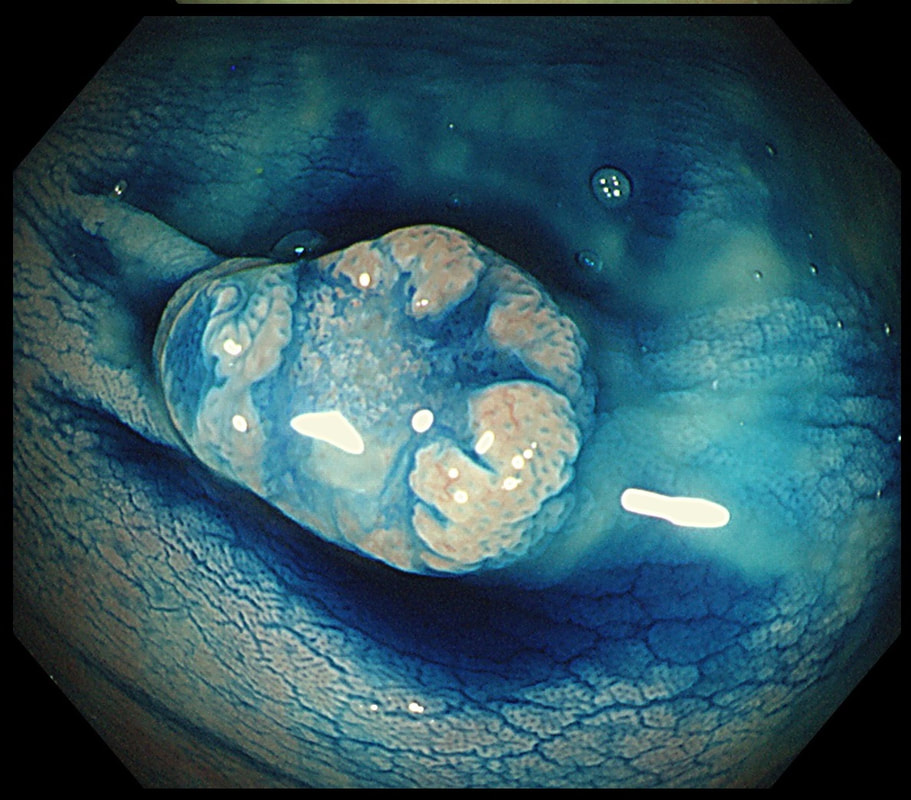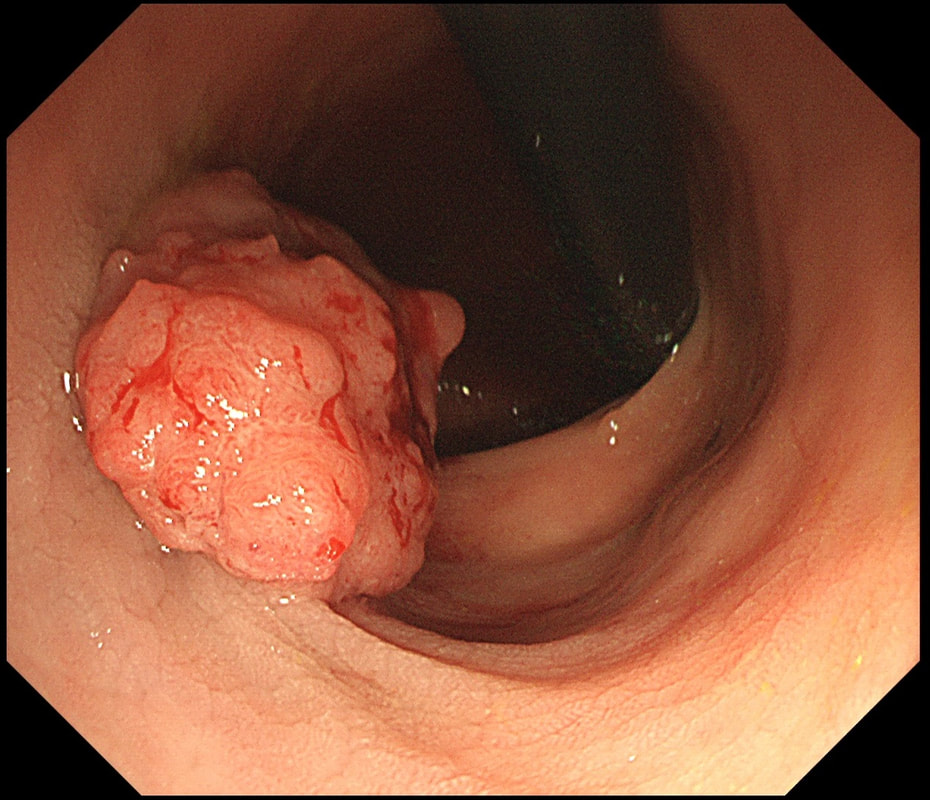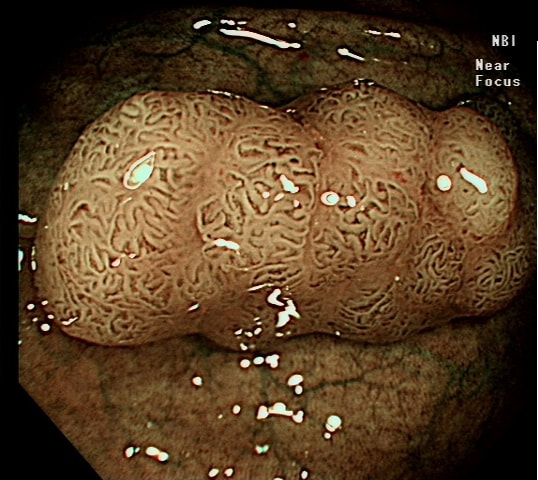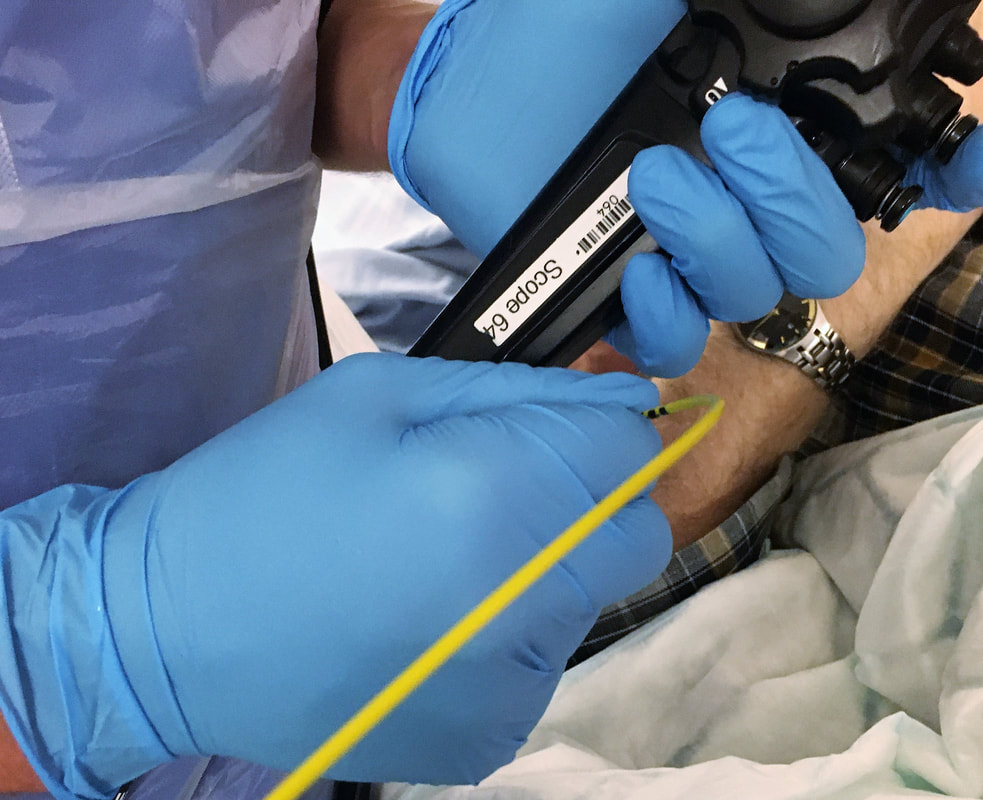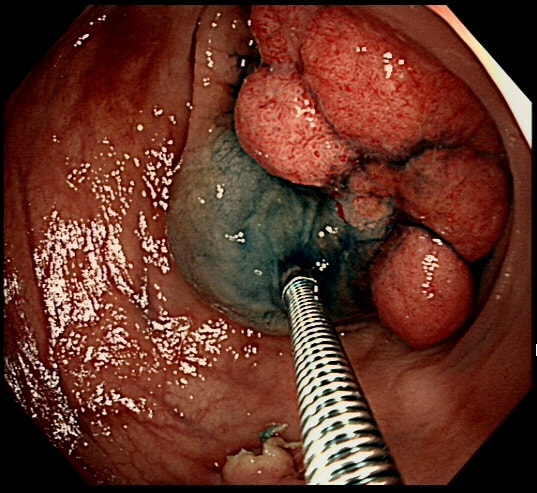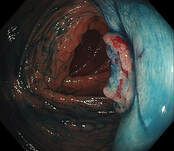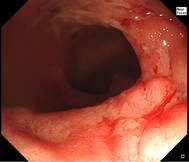|
This authorative 40 page text covers everything between the Paris classification to de-novo colorectal cancer. This is Pure Gold ! The image atlas is excellent and I love that the authors have included histological slides. Of course, as expert endoscopists we should be familiar with histology. After all, we are looking at the same lesions! To me, not understanding histology, is like a racing driver not understanding engineering. You would be a pitiful amateur, never getting beyond driving go-carts Kudo S. Flat colonic lesions. GIE 2008;68(4);S3-47 |
|
Malignant colonic polyps are topical and arguably the most common issue in which endoscopists run into difficulties. This covers everything including malignant crypt patterns, TNM staging, non-lifting, Paris, Haggit and Kikuchi and other risk factors for nodal disease. Even though their 'recommendations' are uncontroversial, it's a must read! Shaukat A. Endoscopic Recognition and Management of Malignant Colorectal Polyps. GIE 2020;92(5);997-1015 |
|
This is a nice comparison of different enhanced imaging systems and how adenomatous lesions appear when viewed under NBI, FICE or BLI and even AFI. All these are great (perhaps with the exception of AFI) and there are lots of good quality images to help you to understand crypt patterns. Yoshida N. Diagnosing and Managing colorectal lesions. WJGE 2012;4(12):545-55 |
|
It usually takes years for the West to catch up and adopt Japanese guidelines. Fortunately, the JGES guidelines are available in English. Why not go directly to the source for a review of when to 'attack' and when to 'abort' ? Tanaka S. JGES guidelines for colorectal ESD and EMR. Dig Endosc 2020;32(2);219-39 |
|
The non-lifting sign has been with us for close to 30 years and remains my own 'go-to' sign when deciding if a lesion should be left or a resection attempted. Of course it's not a binary sign, there are degrees of non-lifting and you should be familiar with what a borderline case looks like! Rembacken BJ. To lift or not lift?. Endoscopy 2007;39;740-41 |
|
For everything to do with endoscopy in Inflammatory Bowel Disease you can't go wrong with the ECCO Guidelines Committee
Consensus paper. The paper covers all the bases such as quality, assessment of anastomosis, endoscopy during pregnancy, pouch assessment, dilatation, scoring systems, capsule endoscopy, detection of dysplasia and surveillance. Annese V. European evidence based consensus for endoscopy in inflammatory bowel disease, J Crohns Colitis 2013;7(12);982-1018 |
